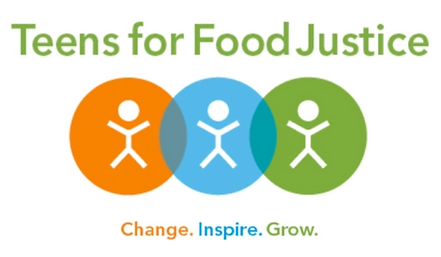Can Hydroponics Help Fight Food Insecurity?

The Problem
Many urban neighborhoods lack easy access to fresh produce. Grocery stores with healthy options are rare, while fast food and processed foods dominate. This feeds health problems, disrupts learning, and weakens communities. Traditional farming can’t fill that gap in dense, high-cost areas.
Photo by David McNew/Getty Images



The Question
Could growing food without soil, inside schools and local spaces, provide a meaningful solution?
What I saw in action

At the Teens for Food Justice farm, students along with adults come together to grow and share food. In a single classroom-sized space, they produce an incredible volume of fresh greens and herbs because hydroponics allows vertical stacking, unlike traditional farming. This makes it possible to grow far more food in far less space. And because hydroponics accelerates growth rates, harvests come faster, meaning more fresh food gets into school meals and community distributions throughout the year.

My Personal Experience With Hydroponics
I have been working with hydroponic systems that I manage in my own home for some time now, and I can honestly say that it has changed how I enjoy plants. They do take up some room, but the trade-offs are worth the footprint they leave behind. My plants grow faster, healthier, and produce more than from the garden beds I used in the past. I have experimented with so many different crops , greens, herbs, and even fruiting plants, and I have been shocked by how the results have been consistently reliable every time.
Because of my enthusiasm regarding hydroponics, I have been working to export systems outside my home. I have started some brainstorming/analysis to research possibilities to put in place systems in schools, community spaces, and other places in my area, currently working with SHUPP to make this a possibility. I am excited for the possibilities for food production that this technology can offer people, as well as the possibilities it can take shape on how individuals use it, not only for themselves but also to provide food for entire communities as well.
Lessons from Aerofarms
AeroFarms, a large hydroponics farming company, fell into bankruptcy in 2023 after expanding too fast and facing high costs. They restructured, dropping risky sites, focusing on microgreens, consolidating operations in Virginia. and returned to profitability within months. Their comeback teaches three key lessons:
-
Start focused
-
Grow crops with strong returns
-
Scale only after the model works profitably
Read this article for more information: Aerofarms Bankruptcy
The Bottom Line
Hydroponics won't solve food insecurity by itself, but it could be the answer to the problem in whole new and creative ways. The hydroponic food production systems are quick, low-cost (relatively), resource use efficiency, scalable, and provide food where traditional agriculture probably cannot: schools, cities, communities, etc. There are plenty of ways to introduce fresh food in lined-up spaces: all the way from baby classroom-based systems that can feed dozens, to full-on commercial vertical farms that feed full neighborhoods. Solutions will be difficult including cost, energy efficiency, scalability; but scaled approach will be successful when paired with education, communities, and business reflection. Hydroponics can absolutely be a component to food insecurity solutions.